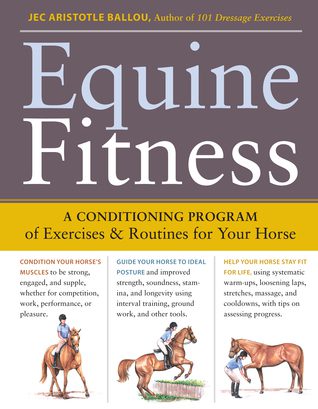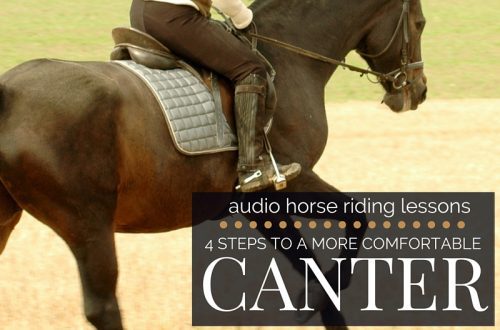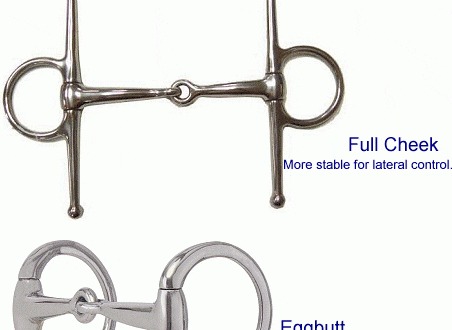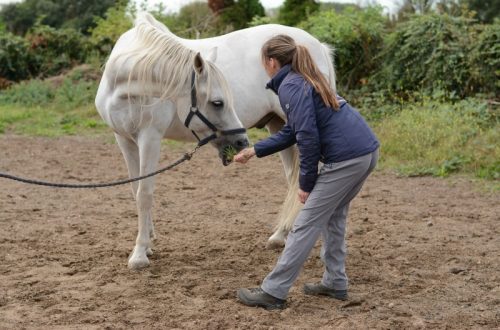
The ABCs of the Equine Fitness Trainer
The ABCs of the Equine Fitness Trainer
When training a horse, most of us are concerned not only with the fact that he learns this or that element and is able to demonstrate it in competitions. We also care about the physical form of the horse, its well-being. It is necessary to understand why certain exercises are needed, what is the relationship between them. And here our ability to think and analyze comes to the fore.
All preparation of the horse, its training is reduced to an ordered system of gymnastics. All exercises have their purpose, are interconnected and follow each other in a logical order. Each time the possibility of moving to the next level is signaled to us by the physical condition of the horse, an increase in its strength and an improvement in flexibility.
The training system can be influenced by the strengths and weaknesses of the horse – it is often necessary to make changes to the sequence of exercises offered to the horse. And it is you, the horse fitness trainer, who must determine this sequence!
Training a horse is not a quick process andtakes years. The horse needs not only long, thorough, “balanced” training to develop every part of his body, but also the improvement of his mental abilities.
With patience, you can not only improve the horse’s fitness, but also achieve success in your relationship with him. The horse will listen to you and strive to learn.
By developing the mental abilities of the horse, you will achieve confidence and self-confidence from him. She will be willing to make contact, helping you achieve your own goals. And you will enjoy cooperation with a happy and reliable partner.
So, back to horse training. What is its purpose? We want the horse to move in collection, to be balanced in all gaits, to be able to carry himself and move in a straight line.
See how spectacular the stallions behave in the wild, especially when meeting with another horse.
They raise their heads, arch their backs and put their hind legs under the body. This helps them lighten the front and makes it possible to perform sharp movements.
In such a “natural” collection, the horse’s neck lengthens, forcing us to remember that “artificial” collection should not be accompanied by a shortening of the neck, that the horse’s nose should remain slightly ahead of the vertical.
Artificial movements, which are the result of learning, we need in order to reflect natural movements, and we must understand that they are intended to improve what is given by Mother Nature, and not to destroy and enslave.
So what should be the training plan?
1. Lateral movements.
Shoulder-in, hip-in, ranvers, half-half, pirouette – all these exercises help develop the horse’s straightness, help him correct natural asymmetries and prepare him for collection.
What do we want to achieve?
- The center of balance of the horse must be at a certain point.
- The hind legs must step under the center of balance in order to be able to support the weight of the horse.
- The result of this is the rise of the front and the emancipation of the shoulder girdle.
Errors in the performance of lateral movements:
- Shoulder-in or hip-in, the horse moves too far to the side.
- When performing a half pass, the horse is not bent, and his hindquarters move ahead of his front. The hind legs in this case do not perform their functions properly. They do not step under the center of balance.
You can see the error in front. But what is happening in front is the result of the work of the back (in this case – incorrect).
If the lateral movements are performed with errors, this is reflected in the position of the head and neck of the horse.
- The horse goes over the reins on a lateral movement.
- The horse shortens the neck.
- The nose of the horse goes beyond the vertical.
- The horse moves “downhill”.
- The horse becomes heavier in the hand and begins to lean on the reins.
There may also be other “symptoms”:
- The horse does not want to get on the reins.
- The horse is not inferior to the hand, halts and half halts.
- The horse becomes stiff.
With the correct execution of lateral movements:
- The horse uses his body and hind legs correctly.
- The horse is moving uphill.
- The horse lengthens the neck.
- The horse’s shoulders move freely forward.
и
Wrong and correct execution.
Thus, when you see the presence of a problem “from the front”, do not try to fix them “at the place of discovery” – pay attention to the work of the back.
Be careful, do the exercises thoughtfully:
Don’t just work “shoulder in” – make sure the inside hind leg takes the weight so that the outside shoulder gets more freedom of movement and lifts.
Don’t just “half” – make sure both hind legs are under the center of balance and take the weight so that the horse moves “uphill” all the way diagonally while staying light on the forehand.
Use exercises wisely to get the best results.
Teaching the Horse Straightness impossible without five interconnected elements:
1. The body of a horse.
2. The mind of a horse.
3. The rider’s body.
4. The mind of the rider.
5. Relationship between horse and rider.
We all know how great it is to work with a happy, healthy, mentally balanced and physically fit horse. The same goes for the horse – she enjoys working with an emotionally stable, positive and physically fit rider.
Training aimed at leveling the horse balances his body and mind, as a prepared body will positively affect his mental state.
But in order to get a psychologically balanced horse, we ourselves need to work on our relationship with him and develop our coaching qualities:
We must make sure that we can calm the horse when he is frightened or confused, that we can restore his trust in us when he has lost it, and that the horse, just seeing us, does not want to run away.
If you can help your horse become more flexible and strong, calm and confident, showing trust and respect for you, then you can achieve a lot. And if something is out of balance, take it as a challenge!
Marika de Jong; translation by Valeria Smirnova (a source)





